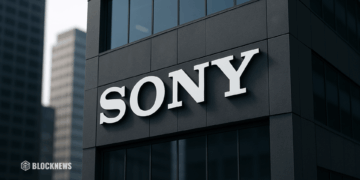- Tech giants like Microsoft, Meta, Google, and Amazon have jointly committed to fight AI-generated misinformation around major elections this year as deepfakes become more sophisticated.
- The rapid advancement of generative AI has far outpaced tools to detect deepfakes and synthetic media, posing challenges to combating election misinformation.
- Sustained collaboration between tech firms, lawmakers, and researchers is needed to mitigate the unprecedented danger of highly realistic AI disinformation undermining democracy globally.
The rapid development of artificial intelligence has led to new opportunities for the spread of misinformation, especially around elections worldwide. As deepfakes and other AI-generated content becomes more sophisticated, tech companies are banding together to combat these new threats.
Major Tech Firms Commit to Fight AI Misinformation
A group of 20 leading technology companies recently announced a joint commitment to tackle AI-generated misinformation ahead of major elections this year. Signatories to the accord include tech giants like Microsoft, Meta, Google, Amazon, IBM, and Adobe, as well as AI startups like Anthropic, OpenAI, and Stability AI. Social media platforms like Snap, TikTok, and Twitch also signed on.
With over 40 countries holding critical elections in 2023 that will impact more than 4 billion people, the potential for AI to be weaponized to mislead voters is immense. Deepfakes in particular can mimic audio, video, and images to impersonate key figures or spread false information about voting. The number of deepfakes online has already increased 900% year-over-year.
Current Challenges in Detecting AI Misinformation
While the major platforms are pledging to combat AI election misinformation, experts say there are still major hurdles. The pace of advancement in generative AI has far outpaced tools to detect deepfakes and other synthetic media.
Watermarking and metadata techniques are still limited, as malicious actors can find workarounds like screenshotting. AI-generated audio and video also lacks the built-in signals that some platforms use for images. Beyond technical measures, human bias remains an issue, with some detectors exhibiting prejudice against non-native speakers.
With national elections mere months away, lawmakers worry voluntary industry efforts won’t be enough. Clear government standards and accountability may be needed alongside tech companies’ commitments. For now, the public remains vulnerable to new forms of highly realistic disinformation.
Conclusion
The rise of deepfakes and synthetic media presents an unprecedented danger of misinformation undermining democracy on a global scale. While leading tech firms have taken the first steps to mitigate harm, truly securing elections will require sustained collaboration between companies, lawmakers, and researchers. With the future of AI advancing rapidly, society must stay vigilant against its risks even as we tap its potential.














